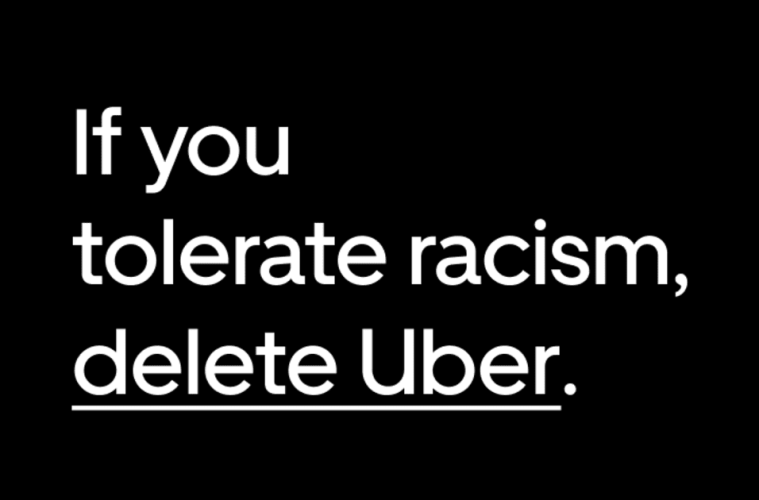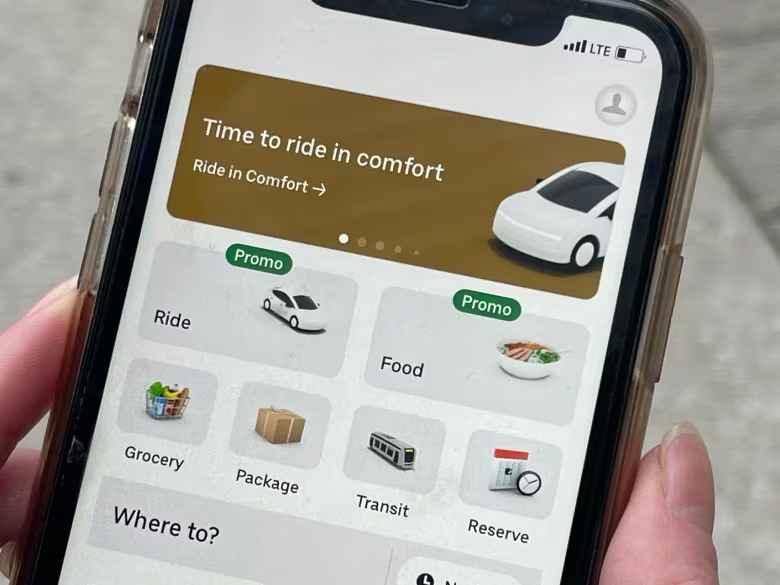Ride-sharing platforms like Uber have revolutionized transportation, making it more convenient and accessible for people worldwide. However, these platforms are not immune to incidents of racism and discrimination involving drivers. Over the years, there have been numerous reports of passengers facing prejudice and mistreatment from some Uber drivers. Here we will explore both past and current incidents involving racist Uber drivers, shedding light on the issue and discussing efforts to address it.
Past Incidents
- The Philadelphia Incident (2016): In 2016, a former Uber driver in Philadelphia was accused of refusing service to a passenger because of her race. The passenger, a black woman, recorded the incident on her phone, capturing the driver’s racial slurs and derogatory comments. This incident went viral and highlighted the need for increased driver training and accountability.
- The London Incident (2017): In 2017, a black Uber passenger in London reported that her driver racially profiled her and refused to pick her up, claiming she didn’t look like the photo on her profile. Uber promptly investigated the incident, suspended the driver, and issued an apology.
- The Boston Incident (2018): A white Uber driver in Boston was accused of racially profiling a black passenger in 2018. The passenger recorded the incident and shared it on social media, which prompted Uber to investigate and suspend the driver.
Current Incidents
- The New York City Incident (2022): In 2022, a black passenger in New York City reported that her Uber driver subjected her to racial slurs and harassment throughout the ride. She documented the incident and shared it on social media, sparking outrage and prompting Uber to take swift action by deactivating the driver’s account.
- The Los Angeles Incident (2023): A recent incident in Los Angeles involved an Uber driver who refused to drive an interracial couple, citing his personal beliefs. The couple, who identified as African American and Caucasian, filed a complaint with Uber, leading to the driver’s suspension pending investigation.
Why So Much Racism Among Uber Drivers? Examining Contributing Factors:
- Individual Bias: Like any profession, Uber drivers come from diverse backgrounds with their own personal beliefs and biases. Some drivers may hold prejudiced views, which can lead to discriminatory behavior.
- Lack of Training: Some drivers may not receive adequate training on diversity, inclusion, and cultural sensitivity. Proper training can help drivers understand the importance of treating all passengers equally.
- Rider Profile Photos: The reliance on rider profile photos can inadvertently lead to discriminatory behavior. Drivers may make assumptions about passengers based on their appearance, which can result in biased treatment.
- Passenger Behavior: In some cases, incidents of racism may be triggered by passengers’ behavior, such as offensive comments or unruly conduct. This does not excuse discriminatory behavior but may provide context.
- Accountability: Drivers may perceive a lack of accountability for their actions. Without stringent consequences for racist behavior, some drivers may feel emboldened to engage in discriminatory acts.
- Societal Factors: Broader societal issues, including systemic racism, can influence individuals’ behavior. These issues can manifest in various ways, including interactions between drivers and passengers.
Addressing the Issue
Uber has taken several steps to address incidents involving racist drivers:
- Diversity and Inclusion Training: Uber has implemented diversity and inclusion training programs for its drivers to raise awareness about discrimination and prejudice. These programs educate drivers on treating all passengers with respect, regardless of their race or background.
- Reporting Mechanisms: Uber provides passengers with a straightforward way to report incidents of discrimination through the app. This allows the company to investigate and take appropriate action swiftly.
- Accountability: Uber has a strict deactivation policy for drivers found guilty of discriminatory behavior. They can lose their privileges as Uber drivers permanently, sending a clear message that such behavior will not be tolerated.
- Community Outreach: Uber has engaged in community outreach programs aimed at fostering positive relationships between drivers and passengers from diverse backgrounds. These initiatives promote understanding and empathy.
Conclusion
While Uber has made progress in addressing racism and discrimination among its drivers, incidents involving racist behavior still occur. The company must continue to improve its training programs and accountability measures to ensure that all passengers are treated fairly and respectfully. Additionally, passengers should remain vigilant and report any discriminatory incidents they encounter, helping to create a safer and more inclusive ride-sharing experience for everyone. Ultimately, combating racism in the ride-sharing industry requires ongoing effort from both the platform and its users.
Here are some of the tips shared with us about what riders must do to try and avoid discrimination:
- Names: Avoid using names that may sound stereotypically “Black” or ethnic when setting up your rideshare account. Consider using more neutral initials or abbreviations instead.
- Profile Pics: Make sure your profile photo is clear, well-lit and non-threatening if possible. Unfortunately, some drivers may reject ride requests from passengers they perceive as intimidating or dangerous based on looks alone.
- Location: When requesting a ride, don’t add information or notes that indicate your race, such as mentioning a prominent Black business or neighborhood as your pickup/drop-off location.
- Stay Humble: Politely greet your driver when entering the vehicle and avoid confrontation if you suspect any racially motivated behavior. Simply exiting and reporting the incident may be safer.
- Report every Incidents: Follow up each ride by reporting any discrimination you faced to the rideshare company immediately. The more documentation there is, the more pressure on companies to take action.
- Compare Options: Consider using rideshare companies that have taken concrete steps to address racism, if you have options available in your area. Research their anti-discrimination policies and training practices.
- Community Sharing: Share your experiences and demand change by writing reviews, contacting media outlets, participating in lawsuits against rideshare companies, and supporting enhanced regulations.
Unfortunately, until systemic racism is addressed in society, discriminatory treatment will remain a risk. Staying vigilant, avoiding confrontation when possible, and speaking out about injustice can help combat rideshare racism over time.










